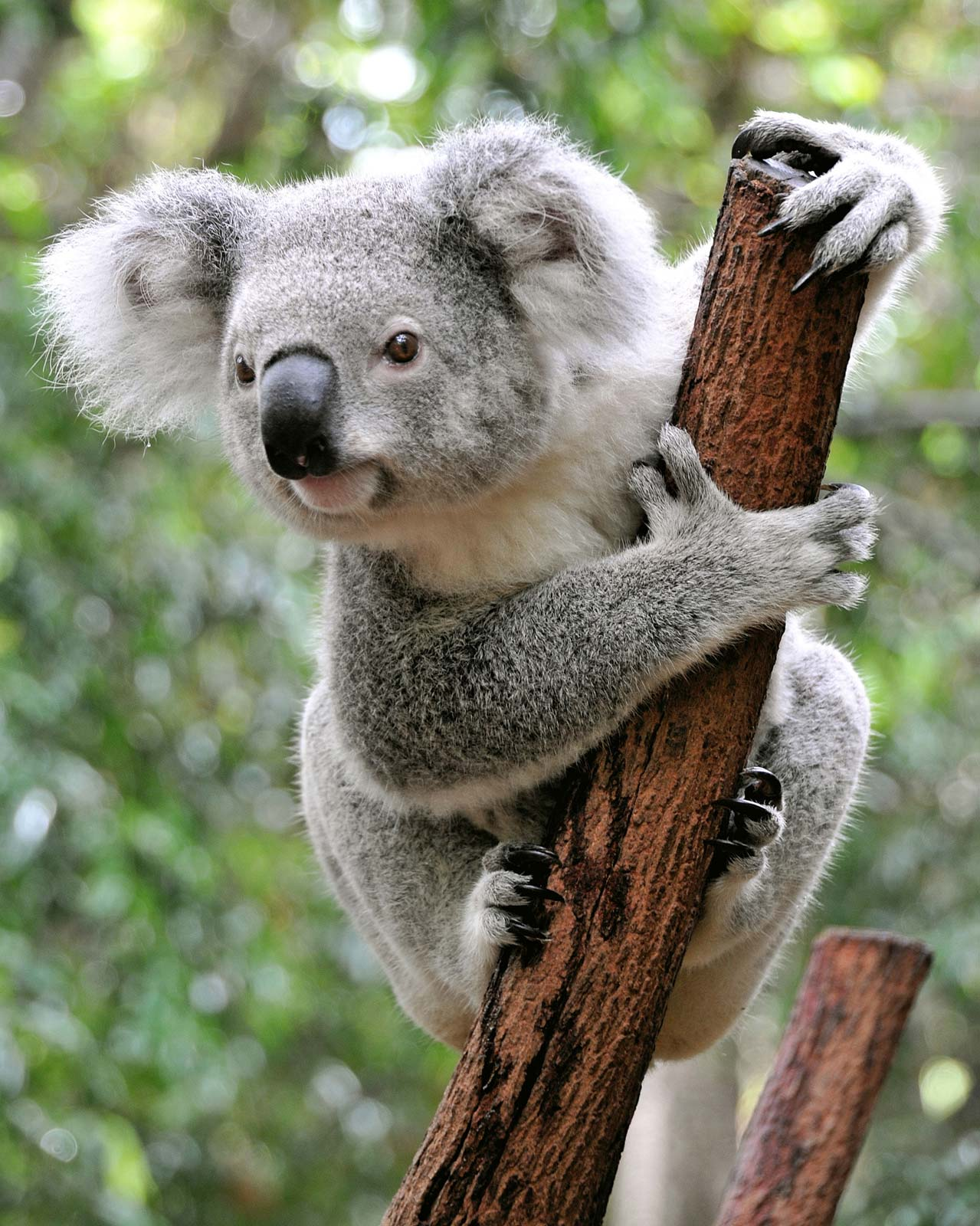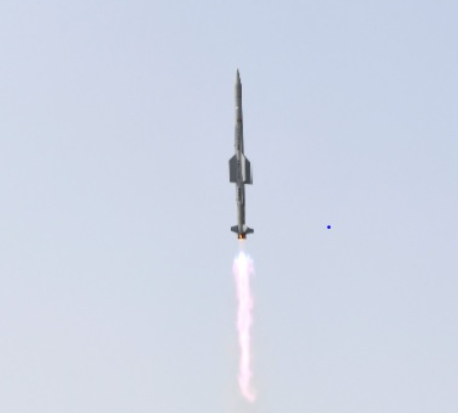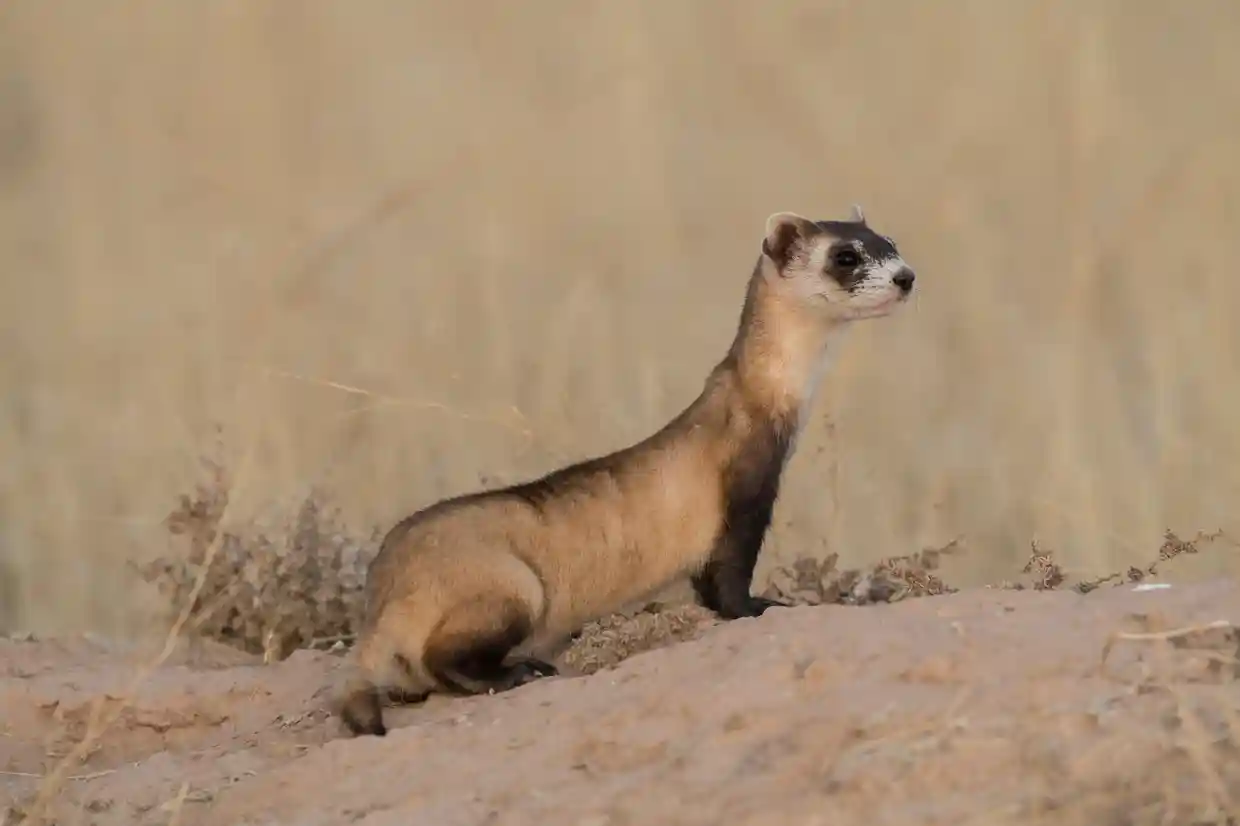Facts in News
|
Koala
|
- Scientific Name: Phascolarctos cinereus
- About
- It is an Australian animal, often called the koala bear.
- They are marsupials (mammals with a pouch for the development of offspring).
- Their fur (hair) is more like the coarse wool of a sheep. They have two toes that are fused together on their feet, which they use to comb their fur.
- They have two opposing thumbs on their hands, and both their feet and hands have rough pads and claws to grab onto branches.
- Habitat: Eucalyptus forests of southeastern and eastern Australia.
- Koalas rely on the eucalyptus tree for both habitat and food.
- Threats
- Hunting for their fur.
- Habitat loss due to land clearing, logging, and bushfires.
- Threats of predation and road accidents.
- IUCN Red List Status: Vulnerable.
- Conservation
- Caring and rehabilitating the injured.
- Building koala sanctuaries and reserves.
- Saving eucalyptus trees and planting new ones.
- Researching about koala genetics, mating choices and health.
- The Koala Conservation Plan by the World Wildlife Fund (WWF) Australia.
- It is the first independent-of-government national strategy to save koalas from extinction.

(Image Courtesy: Britannica)
|
MV Anastasia
|
- The cargo ship MV Anastasia is a bulk liner, owned by the Swiss-Italian Mediterranean Shipping Company.
- In June 2019, it started off from the port of Hay Point in Queensland, Australia carrying Australian coal.
- It could not offload its cargo and carry out crew rotation due to the strict regulations introduced by China in view of the Covid-19 pandemic.
- It has been on anchorage near the Caofeidian port of China’s Bohai Sea since September 2020.
- However, in February 2021, China conveyed clearance.
|
VL-SRSAM Missile System
|
- Vertical launch short-range surface-to-air missile (VL-SRSAM) is indigenously developed by DRDO.
- It has been developed for the Navy.
- The VL-SRSAM is meant for neutralising various aerial threats at close ranges, including sea-skimming targets.
- It was tested twice using a static vertical launcher from Integrated Test Range (ITR), Chandipur, Odisha.
- The missiles were tested for minimum and maximum range. VL-SRSAM with Weapon Control System (WCS) were deployed during the trials.

|
Scheme of Fund for Regeneration of Traditional Industries (SFURTI)
|
- Launched by: Ministry of Micro, Small and Medium Enterprises (MSMEs) in 2005.
- Nodal Agencies
- Khadi and Village Industries Commission ( Statutory body) – for Khadi and Village Industry clusters
- Coir Board (Statutory Body)– Coir based clusters
- Aim: To organise traditional industries and artisans into clusters to make them competitive and increase their income.
- Recently, 50 new artisans based SFURTI Clusters spread across 18 states were inaugurated by the MSME Minister.
Key highlights of inaugural speech
- Only 82 of the 371 clusters announced so far are actually functional.
- The target of 5,000 clusters is easily achievable if red-tape can be reduced.
- 42 thousand artisans have been supported by these 50 clusters in the traditional segments of muslin, khadi, coir, handicraft, handlooms, woodcraft, leather, pottery, carpet weaving, bamboo, agro-processing, tea and others.
- Rs 85 crore has been devolved for the development of these 50 clusters.
- The need for a web portal on the lines of Amazon or Alibaba was also emphasised
- It will help to market these products effectively, both in India and abroad.
- Government’s Aim related to MSME sector:
- To increase the share of the MSME sector in the country’s GDP to 40 per cent from the current 30 per cent.
- To increase the share of exports to about 60 per cent from 48 per cent.
- To create 5 crore new jobs in the next five years in MSME.
|
Panchagangavali Kandla Forests
|
- Located in Kundapur taluk, Udupi district, Karnataka.
- Area: Nearly 100 Acres
- Conservation Threats: Shrimp Farms
- Karnataka Biodiversity Board wants to declare the expansive Kandla Forests in the Panchagangavali Estuary as a biodiversity hotspot.
Other proposals of Karnataka Biodiversity Board
- Smriti Vana in Udupi: There is a proposal to declare the forest in Udupi as ‘Smriti Vana’ in memory of Udupi Pejawar Mutt’s late seer Vishwesha Tirtha Swami.
- His contribution to environment conservation has been immense.
- Kodi beach, a Turtle Nesting centre in Kundapur taluk, Karnataka needs additional care regarding cleanliness.
- It is being maintained by local associations and the Forest department.
- Marine rescue centres to protect and treat marine fauna, including turtles and dolphins at vantage locations was also proposed.
- Monkey Menace: To provide 100% compensation for crop loss to farmers due to monkey menace on the lines of other wild animals was also a key proposal discussed.
About Kandla Forest
- As per the Forest Survey of India report in 2014, Karnataka has 300 hectares of mangrove forests
- These are spread over 3 coastal districts at the confluence of 4 rivers – Aghanashini, Gangavali, Sharavati and Venkatpura and the Arabian Sea.
- This long stretch of dense and tall mangrove vegetation is locally known as Kandla or Sundar.
- The same report applauded Karnataka for increasing its mangrove forests over the last 2 decades when a declining trend was seen worldwide in the Mangrove Area due to timber harvesting and pollution.
- Further Karnataka boasts of a vibrant saline water ecosystem generally associated with India’s east coast.
(Please Note* Kandla Port is in Gujrat and Kandla Forest are mangrove forests of Karnataka*)
|
International Mother Language Day
|
- It is observed every year to promote linguistic and cultural diversity and multilingualism.
- Bangladesh proposed the idea to observe International Mother Language Day.
- The proposal got UNESCO’s approval in 1999.
- It was welcomed by the UN General Assembly in its resolution of 2002.
- The UN General Assembly in 2007 asked its member states “to promote the preservation and protection of all languages used by peoples of the world.”
- The UN General Assembly officially recognised the day in 2008.
Aims
- It recognizes that languages and multilingualism can advance inclusion, and the Sustainable Development Goals’ focus on leaving no one behind.
Theme
- This year’s theme is Fostering multilingualism for inclusion in education and society.
|
Hunar Haat
|
- Union Minister of Defence inaugurated the 26th edition of ‘Hunar Haat’
- It has been organised by the Union Ministry of Minority Affairs and will continue till March 1 at Jawaharlal Nehru Stadium in the national capital.
- Theme-‘Vocal for Local’
- Significance –It is a “perfect platform” to promote indigenous products of artisans and craftsmen from across the country.
- It has provided employment and employment opportunities to more than five lakh artisans, craftsmen and artists.
|
Kasturba Gandhi
|
- She was born to Gokuladas Kapadia and Vrajkunwerba Kapadia on April 11, 1869.
- She got married to Mohandas Karamchand Gandhi at a very early age.
- Kasturba was an absolute illiterate. MK Gandhi taught her the alphabets and how to read and write.
- She accompanied MK Gandhi to South Africa, where he practised law.
- In South Africa, she, along with her husband, participated in agitations against the mistreatment of Indian immigrants.
- She, along with Gandhi Ji, returned to India in January 1915 and joined the Indian freedom movement.
- She took part in various agitations across the country.
- She often took Gandhi’s place when he was imprisoned.
- She was also arrested and jailed numerous times.
- While MK Gandhi was working for the oppressed peasants in Bihar’s Champaran, Kasturba spent time educating the women there about hygiene and health.
- She also taught them how to read and write.
- She spent a lot of time serving in ashrams. Here, people started calling her ‘Ba’ or mother.
- She breathed her last at the Aga Khan Palace in Pune on February 22, 1944.

|
Line of Credit (LOC)
|
- It is a credit facility extended by a bank or any other financial institution to a government, business or individual customer.
- The borrower can access funds from the LOC at any time as long as they do not exceed the maximum amount (or credit limit) set in the agreement and meet any other requirements such as making timely minimum payments.
- It is not a grant but a ‘soft loan’ provided on concessional interest rates to developing countries, which has to be repaid by the borrowing government.
- The projects under LOCs spread over different sectors like agriculture, infrastructure, telecom, railway, transmission, power, renewable energy etc.
- These help to promote exports of Indian goods and services, as 75% of the value of the contract must be sourced from India.
- Under the Comprehensive Economic Cooperation Partnership Agreement (CECPA), India has extended a USD 100 million LOC to Mauritius to facilitate the procurement of Indian defence equipment.
|
Black-footed Ferret
|
- Scientific Name: Mustela nigripes
- About
- Also called the black-eyed ferret because of the distinctive black patches around its eyes.
- This animal’s long slender body enables it to crawl in and out of the holes and dwellings of its primary prey, the prairie dog.
- prairie dogs are essential to their survival, making up the majority of the ferret diet.
- These solitary animals live alone and in May and June females give birth to litters of one to six kits that they raise alone.
- Habitat: These are found in short or middle grass prairies in North America and are the only ferret species native to the continent.
- It often makes its homes in abandoned prairie dog burrows.
- Threats
- Elimination of prairie dogs nearly wiped out the ferret population.
- The ferret is entirely dependent on the presence of prairie dogs and their colonies for food, shelter and raising young.
- Habitat loss and non-native disease.
- High mortality rate as the reintroduced animals lack survival skills.
- IUCN Red List Status: Endangered.
- Conservation
- Maintaining existing ferret sites and establishing new reintroduction sites.
- Mitigating the existing diseases and research to protection from new ones.
- Captive breeding programmes.
- The World Wildlife Fund (WWF) has been working with others to increase their numbers.
- Recently, scientists have successfully cloned a ferret using frozen cells from an animal that died more than 30 years ago.
- This is the first time any native endangered species has been cloned in the US.
- The female ferret has been named Elizabeth Ann.

(Image Courtesy: The Guardian)
|
.jpg)



